Europe’s Largest Reservoir & Neolithic Stones – Spain & Portugal Tour 2009
Leaving Luz, we set course for the Barragem de Alqueva. This dam created the largest man-made reservoir in Europe and is a monumental piece of engineering.
An entire village – Luz – plus numerous other buildings, roads and geographical features were submerged to create the reservoir. While the ecological and social impact may be debatable, the scale of the reservoir is not. It stretches away from you like a small ocean, complete with waves and occasional islands.
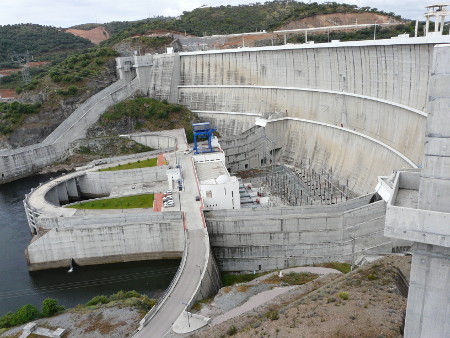
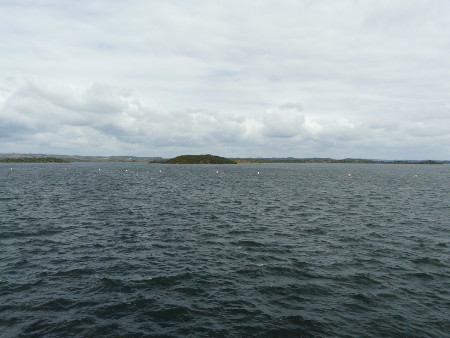
Although it’s impressive, there isn’t much reason to hang around at the dam – so we didn’t. Instead, we headed towards Evora, one of the oldest towns in the region and the location of Portugal’s finest Neolithic stone structures (a la Stonehenge).
Actually, to say that Evora was the location of these historical artefacts would be misleading. They were located at the ends of bumpy, unsurfaced tracks, in the middle of nowhere… The best of the bunch and the largest group on the Iberian Peninsula, with 94 stones, is the Cromeleque Dos Almendres. We duly located the track leading to the stones (passable by car or motorhome, although endowed with evil washboard ripples) and had a good look around. Here they are:

Our lust for megalithic artefacts thus satisfied, we set off towards the night’s camping – another dam, as it turned out. The Barragem do Pego do Altar is another large dam & reservoir – and this one has free municipal camping facilities onsite. Here we experienced an interesting phenomenon – for the first (and almost last) time on the trip, we saw loads of other British motorhomes. The reason for this, we concluded, was that Pego do Altar made an ideal stopping place en route to or from the Algarve – beloved of northern European sun worshippers.
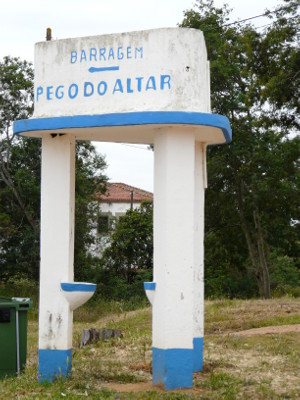
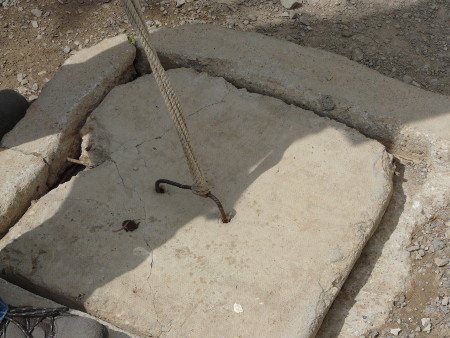
Can you guess what I am about to pour down here? 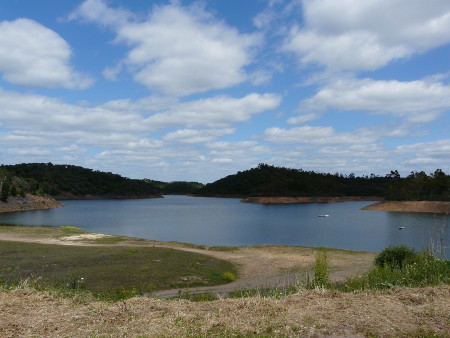
View from our parking spot at Pego do Altar The site itself was everything that was promised. Completely free, with toilets, hot showers and plenty of space. We did run into a problem trying to find fresh water – the tap seemed to have been closed off. I don’t know if this is seasonal or permanent – anyone else know any different?
Distance driven: 122 miles
